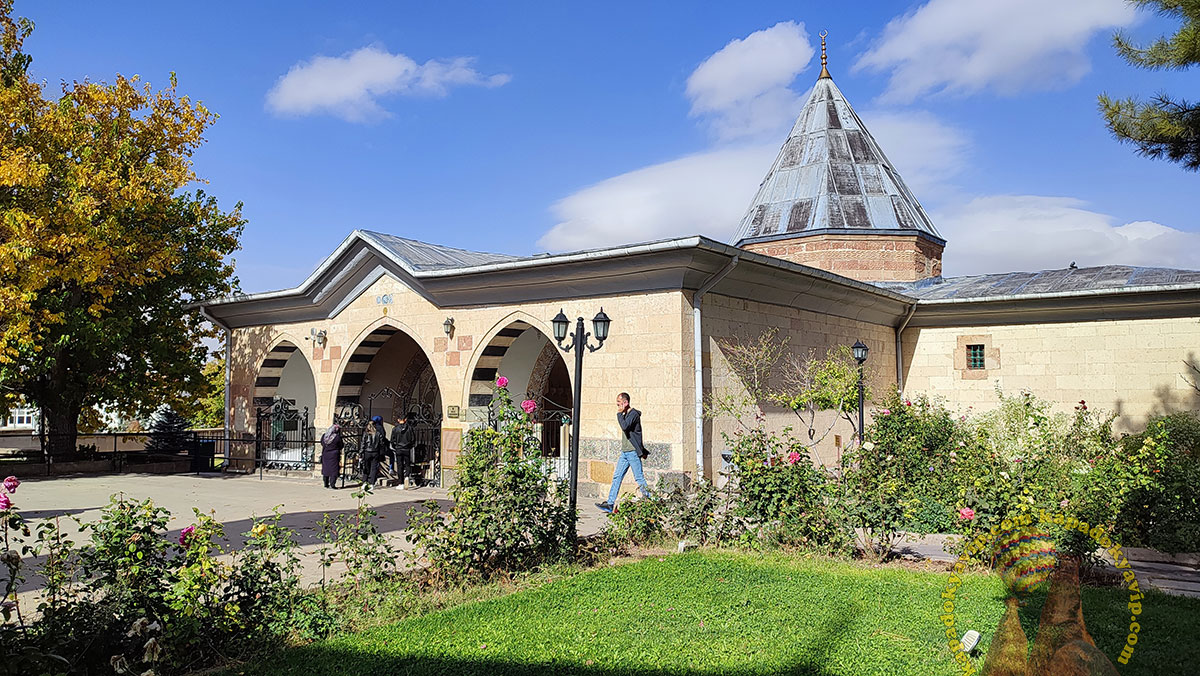
Located within the boundaries of Cappadocia, a threshold of civilizations, the Hacı Bektas Veli Shrine and Museum are among the spiritually powerful places that should not be missed. Visitors coming here in August have the opportunity to witness and participate in various cultural events organized in commemoration of Hacı Bektas Veli. Festivals are held during this month, allowing visitors to experience these events.
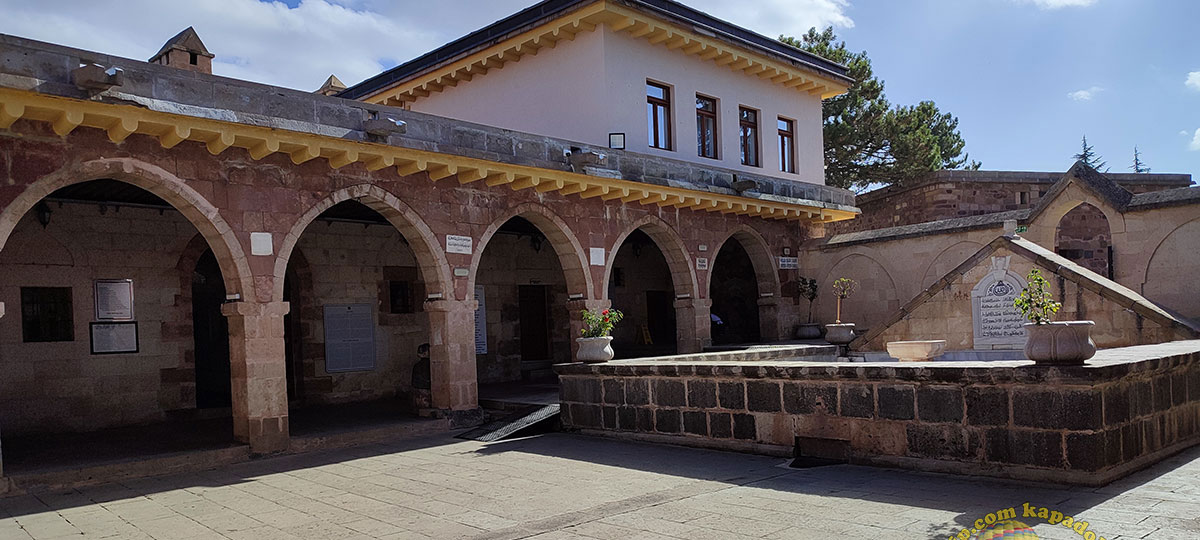
Hacı Bektas Veli, also known as Seyyid Muhammed bin İbrahim Ata, is a prominent figure whose tomb and museum are inquired about by those wishing to visit. He was born in the year 1281 and served as one of the disciples of Ahmet Yesevi. Possessing profound knowledge in both exoteric and esoteric sciences, he was said to experience extraordinary states.
After completing his education, Hacı Bektas Veli arrived within the borders of Anatolia, where he conducted efforts to guide people on the right path and nurtured valuable disciples. Quickly gaining recognition and popularity, he became esteemed by the Ottoman Sultans for his services. During the early years of the Ottoman establishment, he played a crucial role in laying solid foundations for the Ottoman State, rendering significant contributions.
During this period, the Janissary Army, the Ottoman military, pledged its spiritual life and discipline to Hacı Bektaş Veli. Consequently, he became known as the master, spiritual patron, and mentor of the Janissaries. Due to their loyalty and closeness, the Janissaries’ training during peacetime and their performance during wartime were both celebrated with success, earning Hacı Bektaş Veli a distinguished reputation.
Haci Bektas Veli Tomb
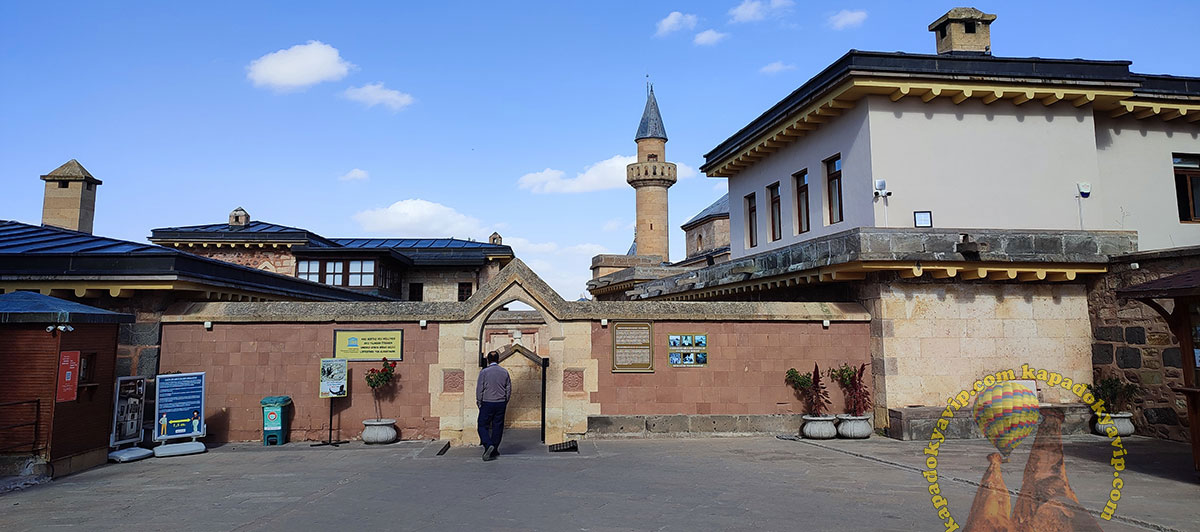
The question ‘Is the Hacı Bektaş Veli Tomb open?’ is frequently asked by those who plan to visit. The tomb is open and welcoming visitors. It is located within the borders of Cappadocia, one of the tourist areas in Cappadocia, exactly 60 km away from the center of Cappadocia, situated in the north. Tours are organized for visits.
The Cappadocia region has spread knowledge through the teachings of philosophers and monks for centuries. It has also become a home for Hacı Bektaş Veli, one of the greatest thinkers. After the teachings of Hacı Bektaş Veli’s Bektashi order spread rapidly throughout Anatolia, it extended to the Middle East. The teachings, founded in the 13th century and based on tolerance, preaching love for God, servants, and the universe, almost coincide with the Universal Declaration of Human Rights published in 1948 by the United Nations. Therefore, it holds a very important place.
The Hacı Bektaş Veli Tomb museum is located in Nevşehir province. It is of great importance not only from a historical perspective but also because it has been the center for spreading Bektashism worldwide up to the present day. The tomb is shaped with symbols of the widely adopted belief worldwide and has been nominated for the UNESCO World Heritage List due to its architectural features.
It has had a significant influence on the establishment of the Ottoman Empire and the spread of Turks to Anatolia. It arrived in the region in the 13th century from Horasan. The Seljuks, who were effective in the region with the Battle of Malazgirt in 1071, did not oppose anyone’s belief during those times. They ensured that Christians and Armenians could live their beliefs freely. However, for the spread of Islam, they tried a different strategy and placed Muslim scholars in the region. One of these scholars was Mevlana, located in the southwest of Cappadocia, while Hacı Bektaş Veli was located in the northwest. They formed the centers of teachings. Therefore, Cappadocia became the place to spread the philosophy of tolerance to the world.
The Hacı Bektas Tomb is not only a place of eternal rest but also a Pir House. It contains regions adorned with the stories of other spiritual leaders. The complex, including the monastery and the tomb, was turned into a museum in 1964. It is arranged like an Ethnography Museum. Not only the architecture and art but also the belongings, examples of calligraphy, and manuscripts used in the daily lives of the Bektashis are presented to visitors here.
The Hacı Bektas Veli Tomb is one of the places to visit, consisting of 3 courtyards. It is built in the style of old Turkish palace courtyards. Within this 3-courtyard structure, there are many points that should be visited. Courtyards are organized around the needs of the Pir House, such as a kitchen, and are divided into units such as a stable, a bakery, and a guesthouse.
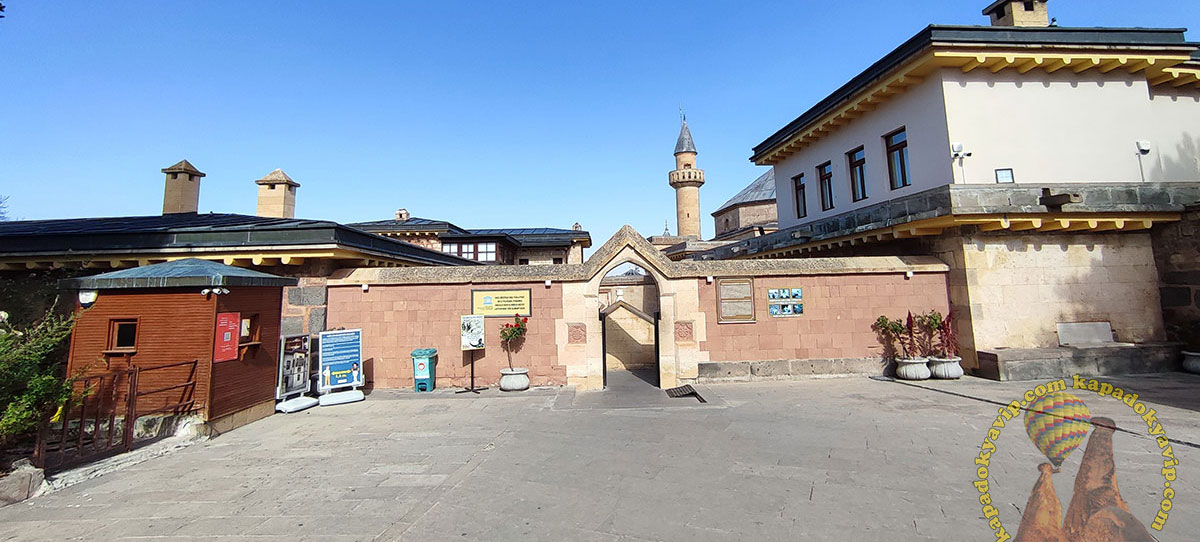
Hacı Bektas Veli museum, located to the south, resembles a large garden. It is a courtyard constructed in the Ottoman architectural style. Access to this area is through the Çatal Kapı (Fork Gate), which was renovated in 1963. Prior to the renovation, there used to be an inscription on the gate that read, “This is the shrine of lovers. What is lacking becomes whole.” Next to this gate, there was also a dovecote. Upon entering through the gate, there are structures built to welcome and meet the needs of arriving travelers. The walls are constructed with adobe bricks and rubble stones. The Nadar Courtyard of Hacı Bektaş Veli Türbesi greets individuals under simple architecture with wooden roofs. While not all structures have survived to the present day, they hold significant importance within the complex.
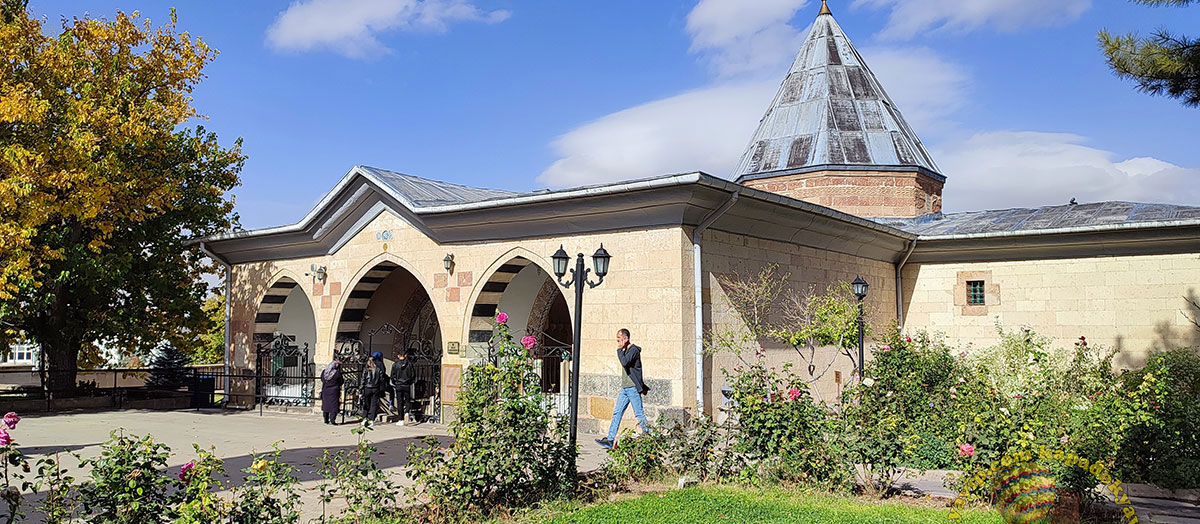
The square pool, commissioned by the wife of the Governor of Beirut, is located here. The pool faces the Üçler Kapısı (Three Gates). On the pediment that indicates the triangular part, there is the Hüseyin Tacı consisting of twelve segments and a twelve-verse inscription. In addition to the pool, the Hacı Bektaş Veli Türbesi Dergah Courtyard also features 15 arches. Within the courtyard, various structures such as a mosque, dergah (Sufi lodge), fountain, pantry, kitchen, guesthouse, and square house can be found.
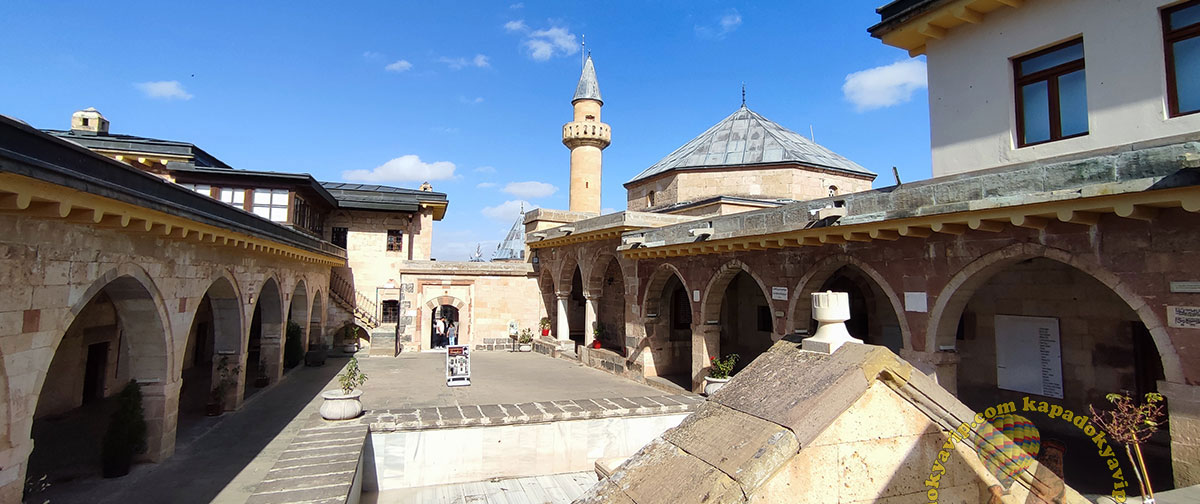
The relief of Atatürk is located at the entrance gate because it is believed to be the place where he rested when he visited the dergah in 1919. Directly across from the entrance is the Hacı Bektaş Veli Türbesi, and to the east is the Balım Sultan Türbesi. The graves of the dergah workers are also found here. When Kızılca Halvet is included, this area becomes the core of the hexagonal complex.
Balım Sultan is one of the most important figures in Bektashism after Hacı Bektas Veli. He played a significant role in the independence and spread of the order. He is referred to as the 2nd Pir. Balım Sultan is the person who established the rule of not getting married within the dergah. The centuries-old black mulberry tree in front of his tomb is considered highly important and sacred as it is believed to have provided shade to Hacı Bektaş Veli.
The question “Where is the Hacı Bektas Veli museum located?” is often asked by those who wish to visit. The village was named after him following his death. It is situated exactly 60 km away from Nevşehir province, on the Ankara-Kırsehir-Nevsehir road. It is a destination for both Alevis and Sunnis and is located right in the center of the Hacı Bektaş Veli district.
You can reach the Hacı Bektas Veli by buses departing from both the city center and the towns of Mucur and Kırşehir.
Hacı Bektaş Veli Visiting Hours and Days
The visiting hours for Hacı Bektas Veli Tomb begin at 08:00 in the morning and conclude at 07:00 in the evening during the summer season. In the winter season, the türbe opens at 08:00 and closes at 17:00. Individuals wishing to visit can do so within these time intervals depending on the season. Summer hours are applicable from April to October, while winter hours are in effect from October to April. During these months, visitors can plan their visits by paying attention to the specified time intervals.
Where is Haci Bektas Veli Tomb Map
The perforated stone, known as the “delikli taş” located in the vicinity where Hacı Bektas Veli occasionally went to practice asceticism, serves as a place of worship. According to belief, during Hacı Bektaş Veli’s devotional practices, on the 40th day, after uttering “YA HAK” (Oh God), a hole opened in the cave, and it is believed that the sins of those who pass through this hole are forgiven. This site is especially visited by those who come to the region during the commemorations of Hacı Bektaş Veli.
Haci Bektas Veli Tomb Photos
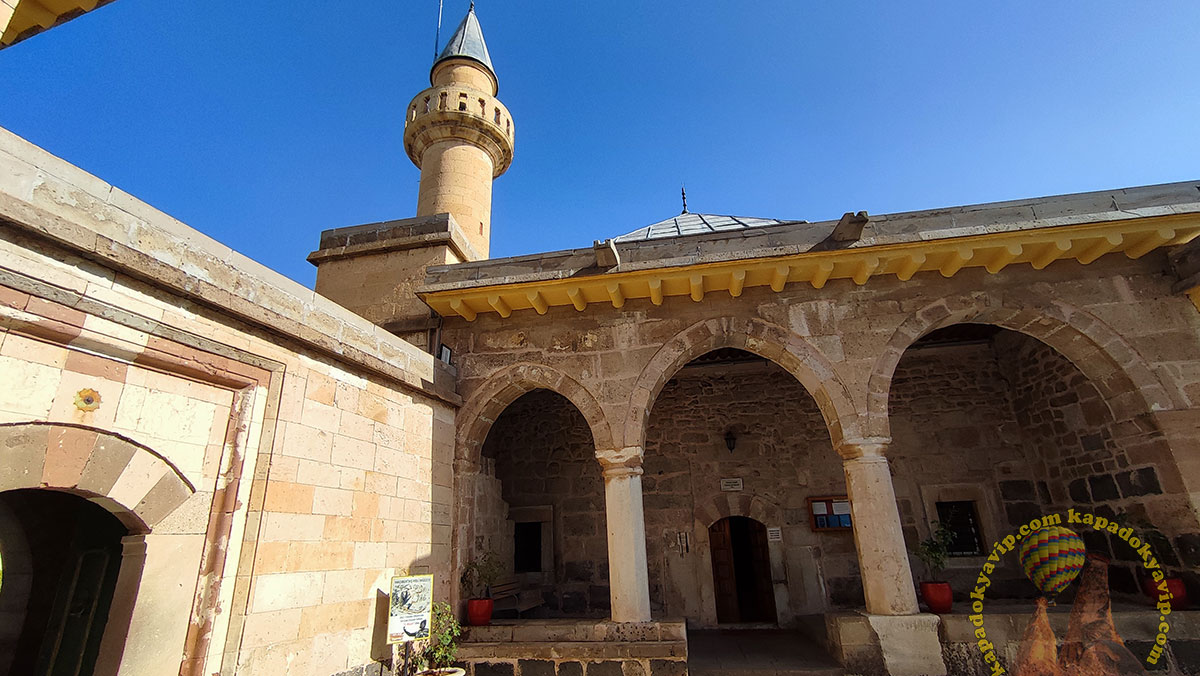

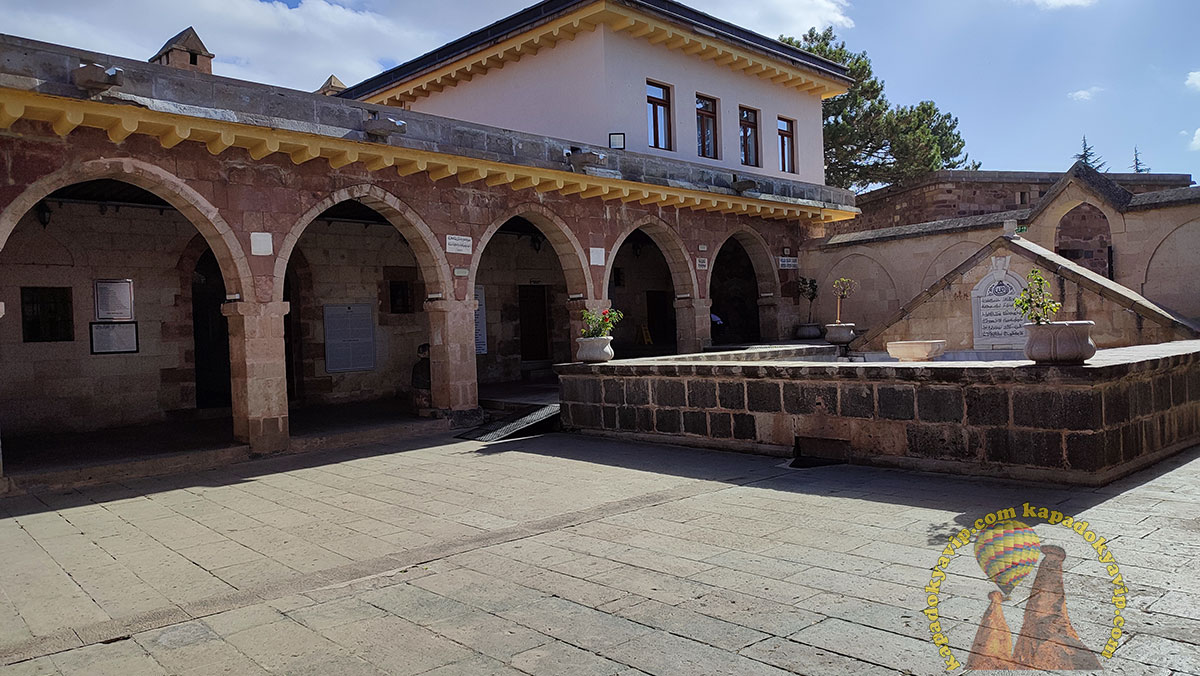
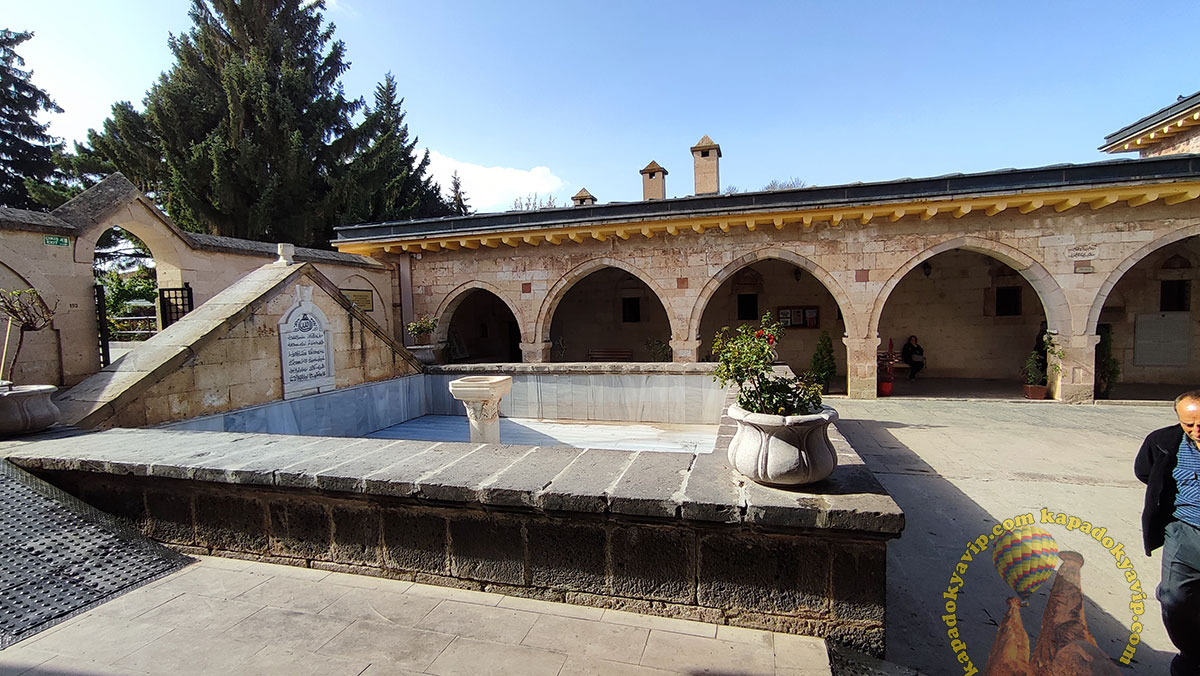
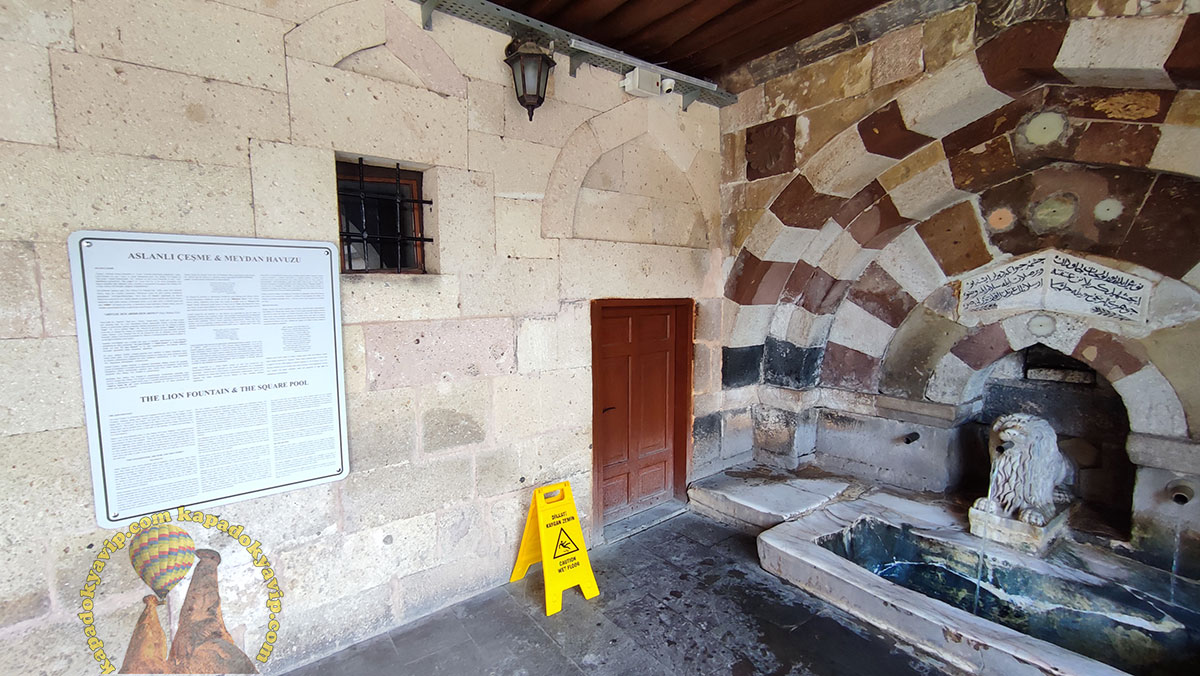
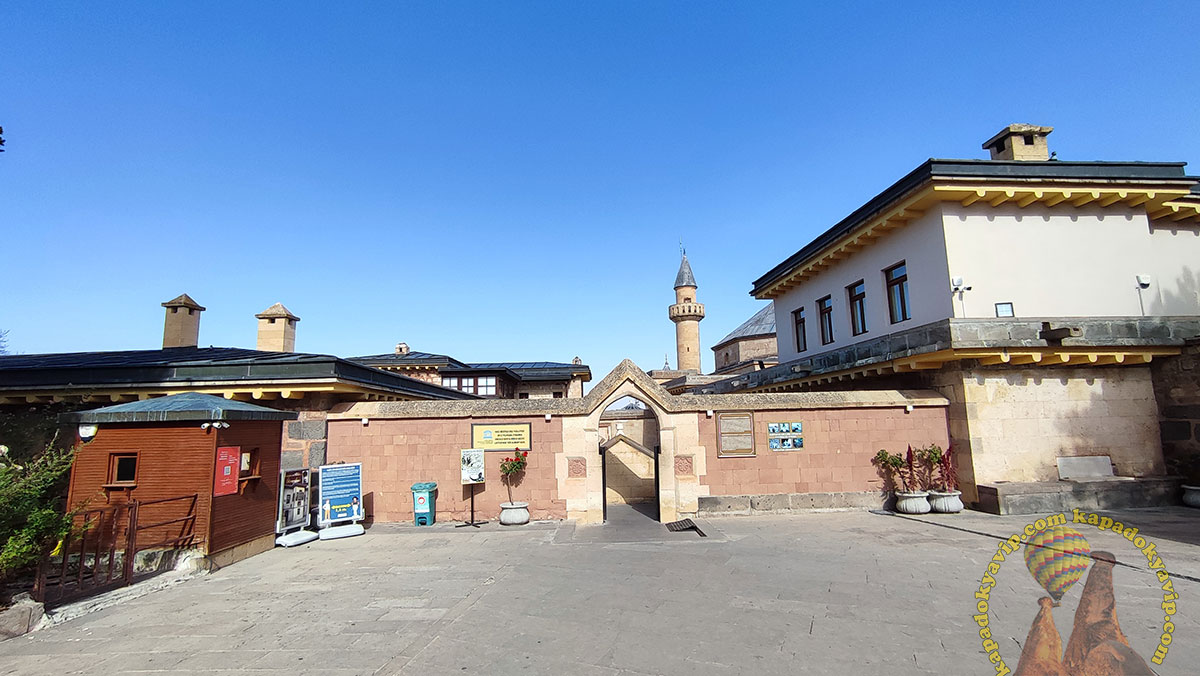
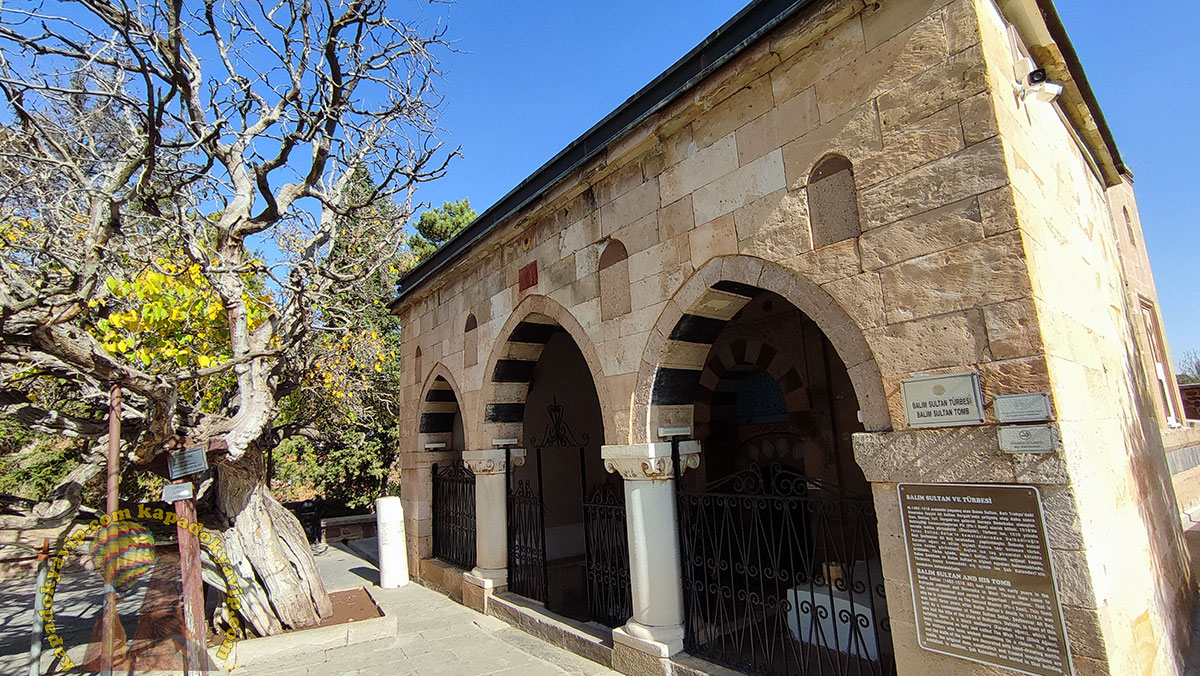
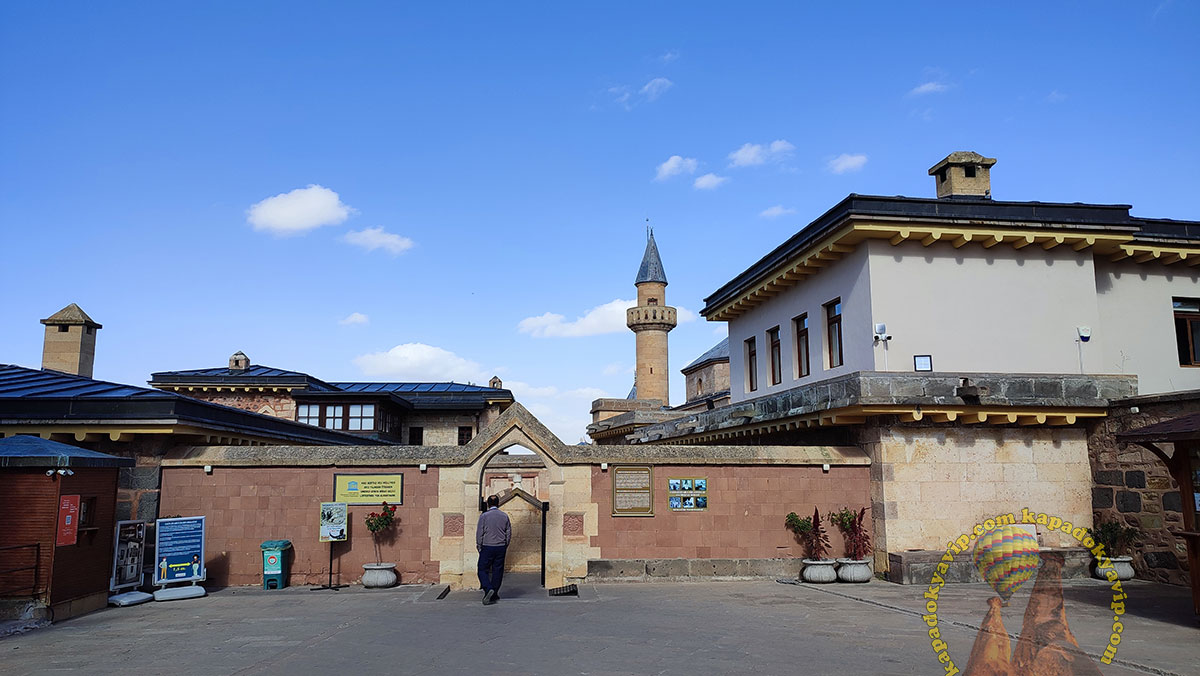
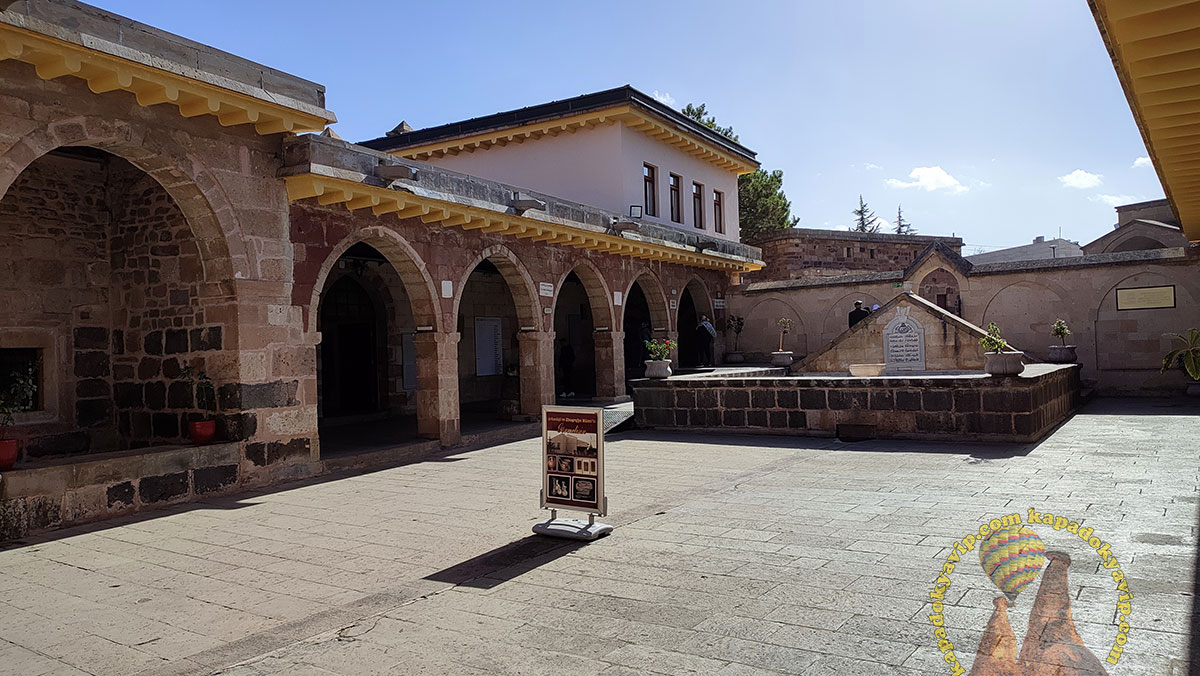
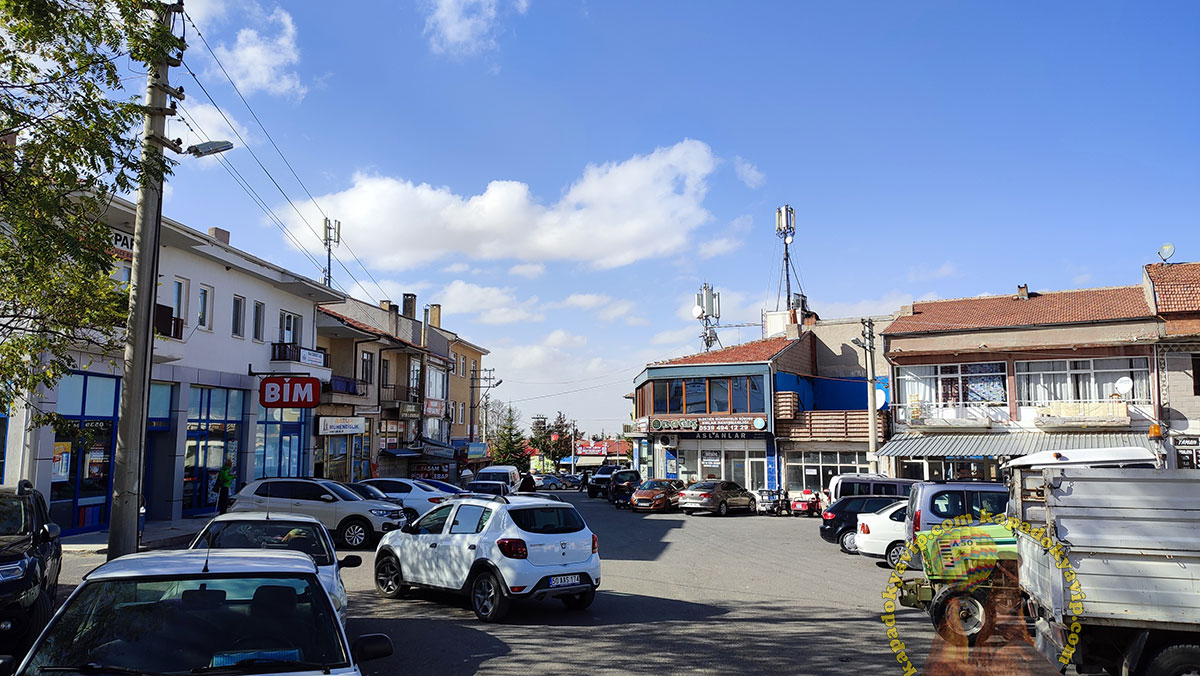
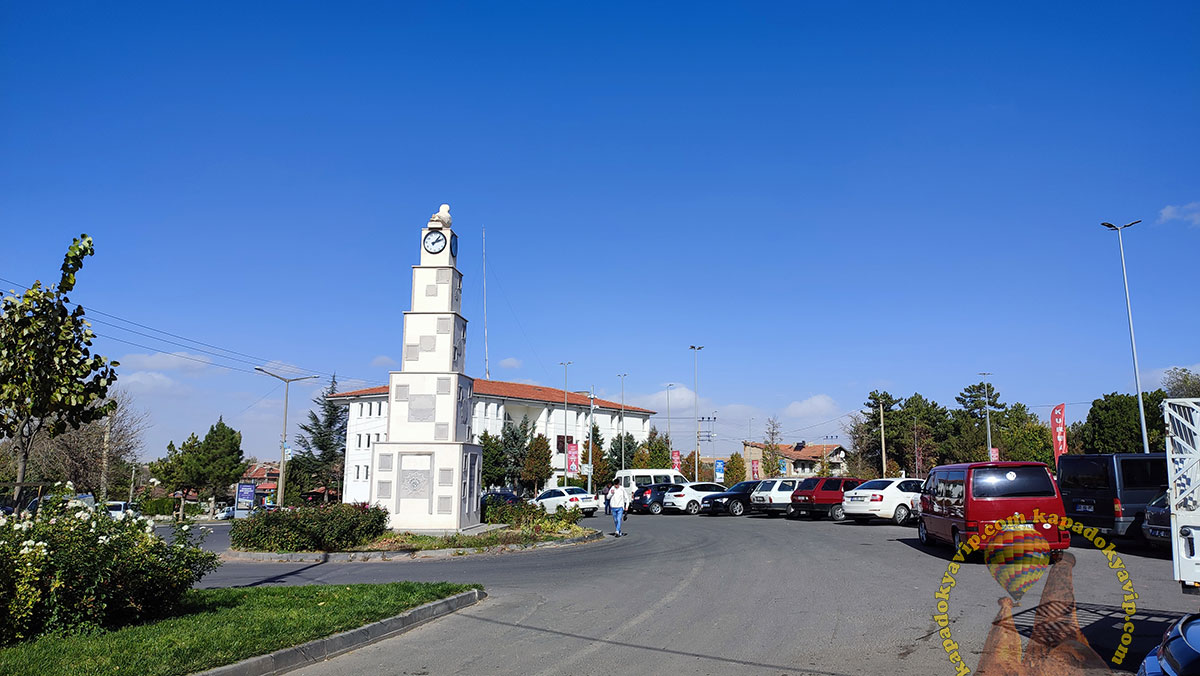
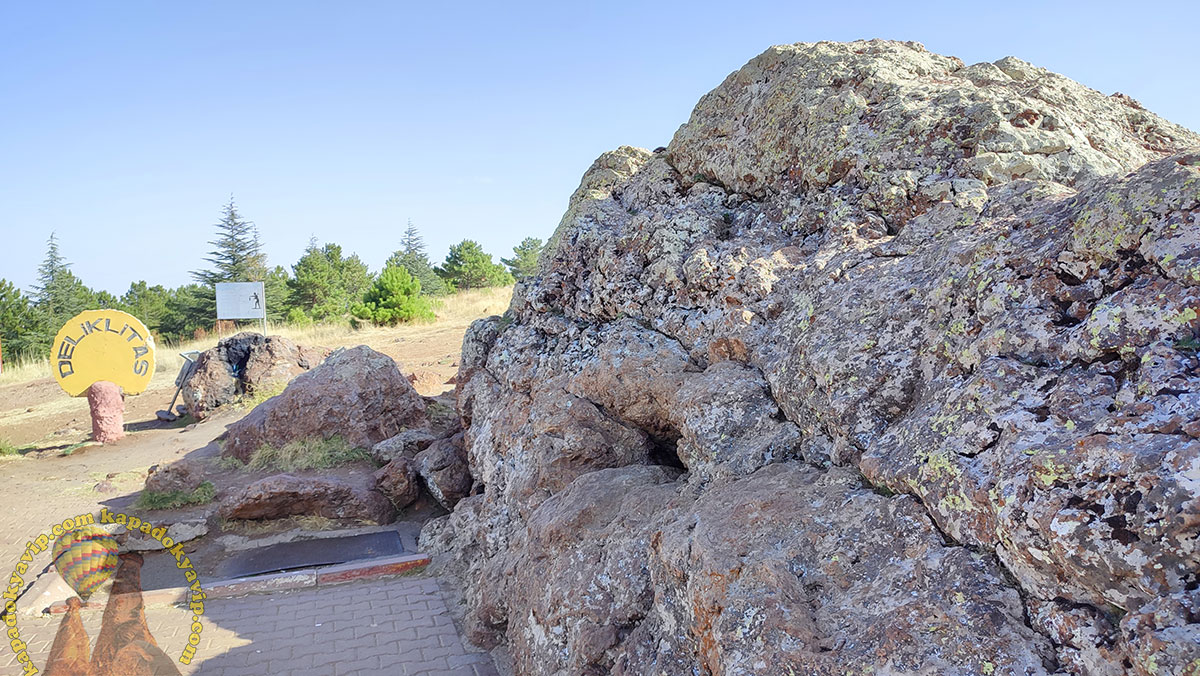
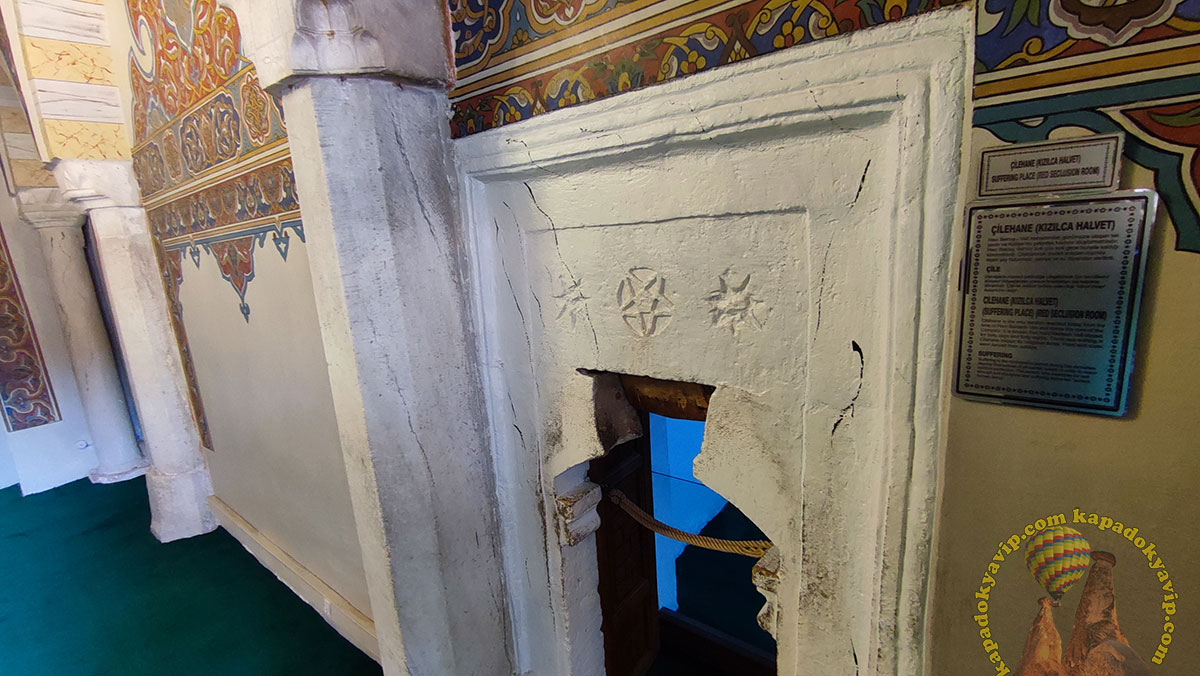
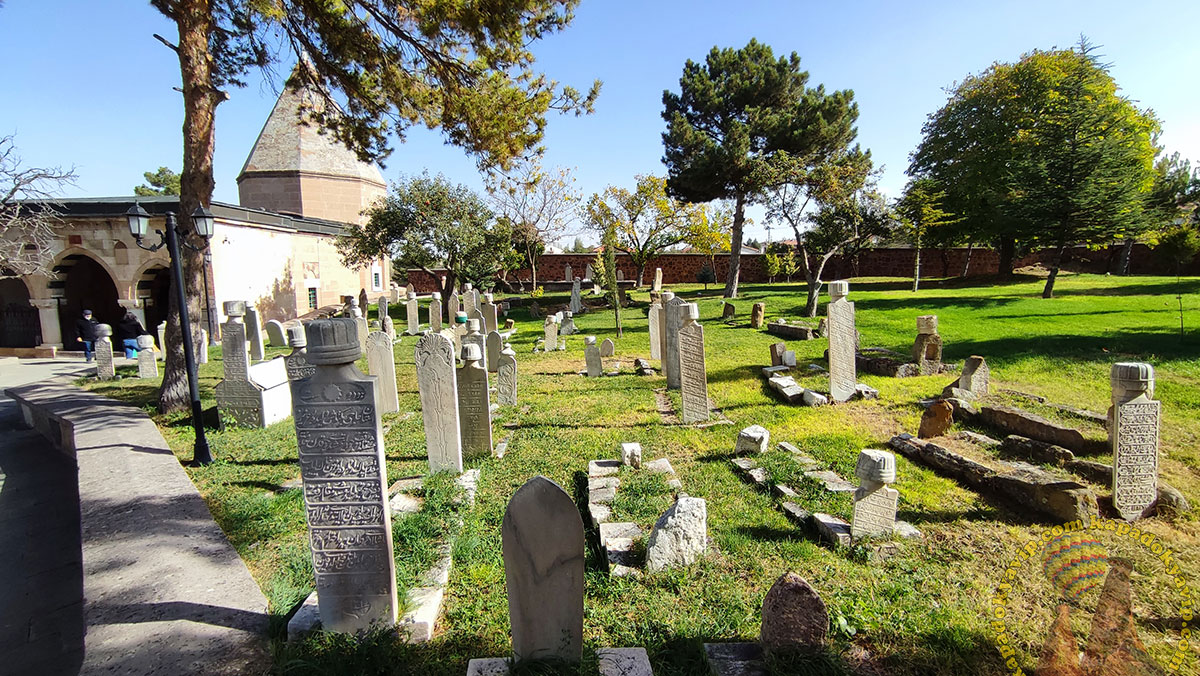
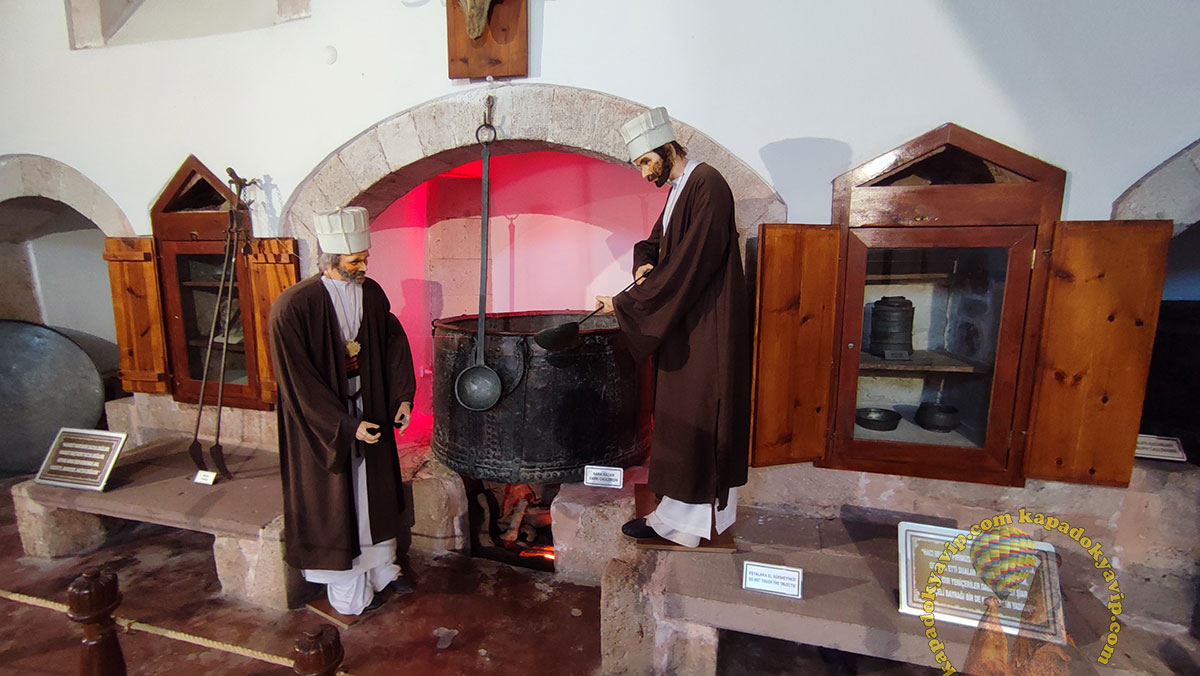
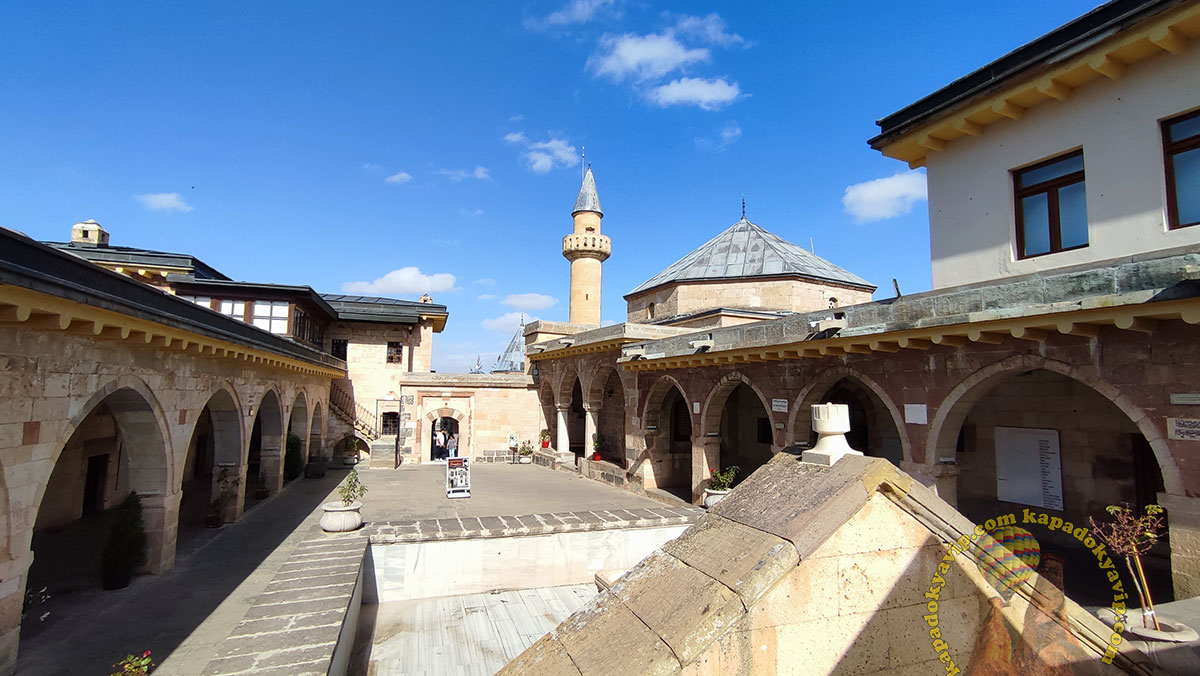
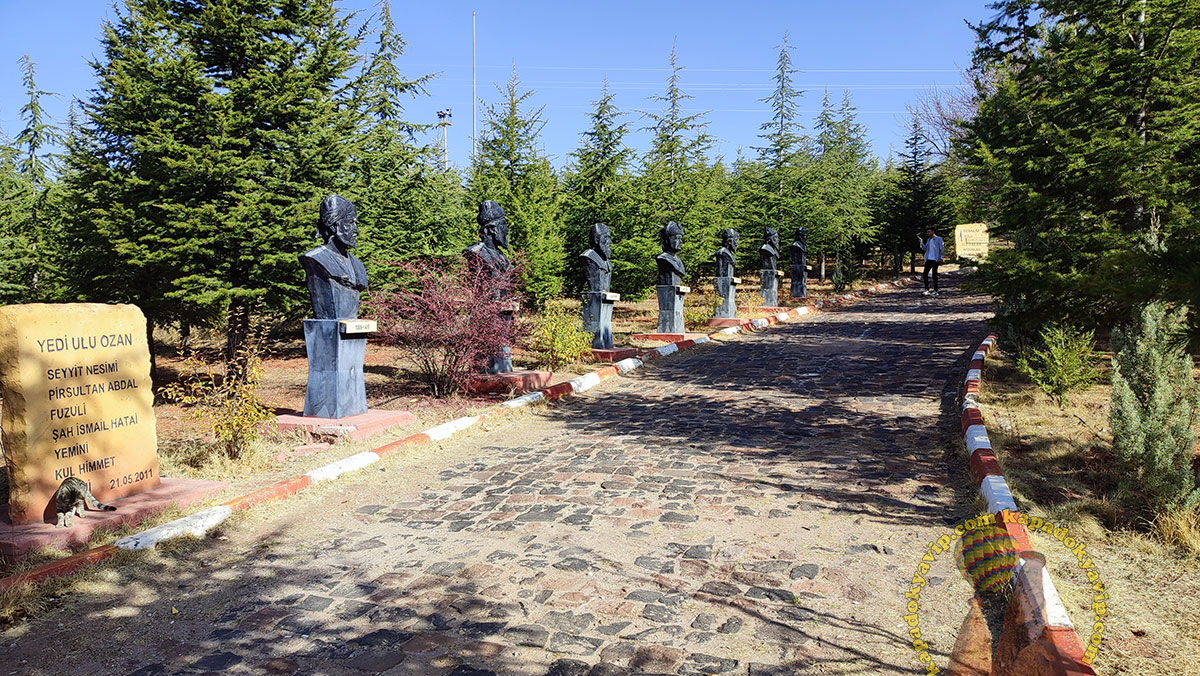
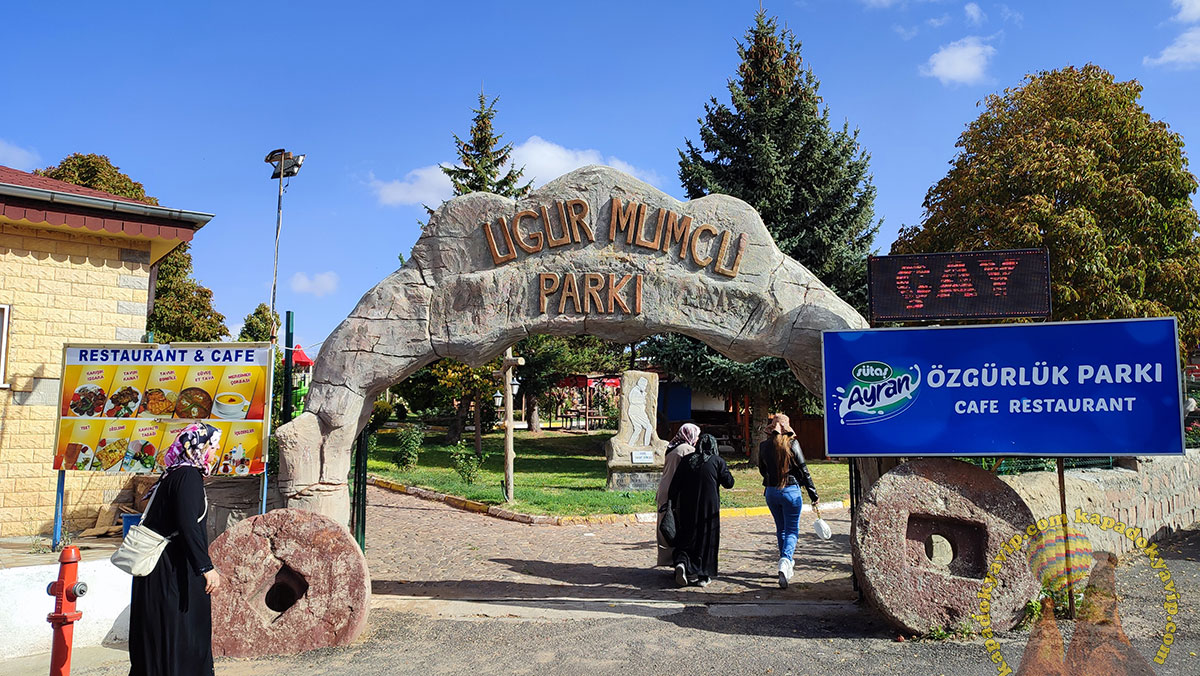
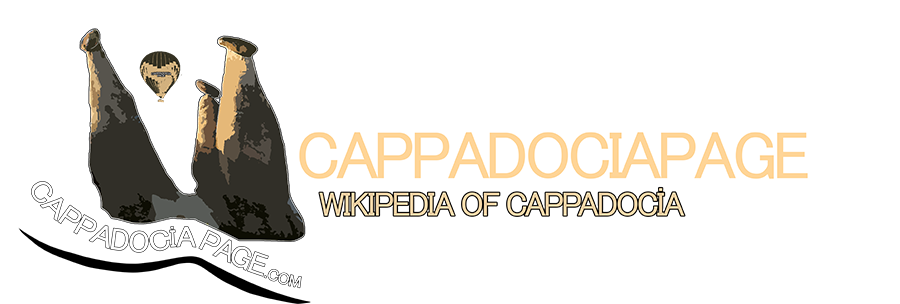
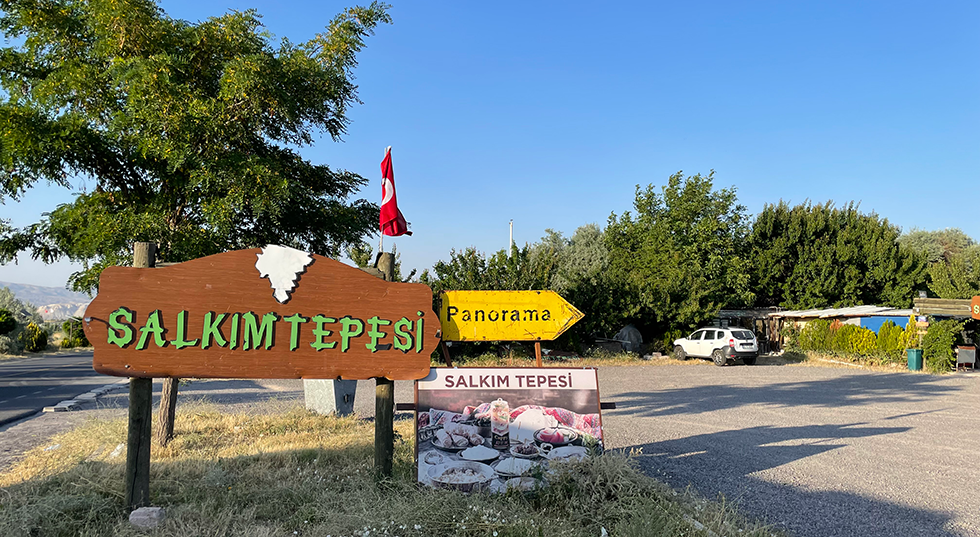
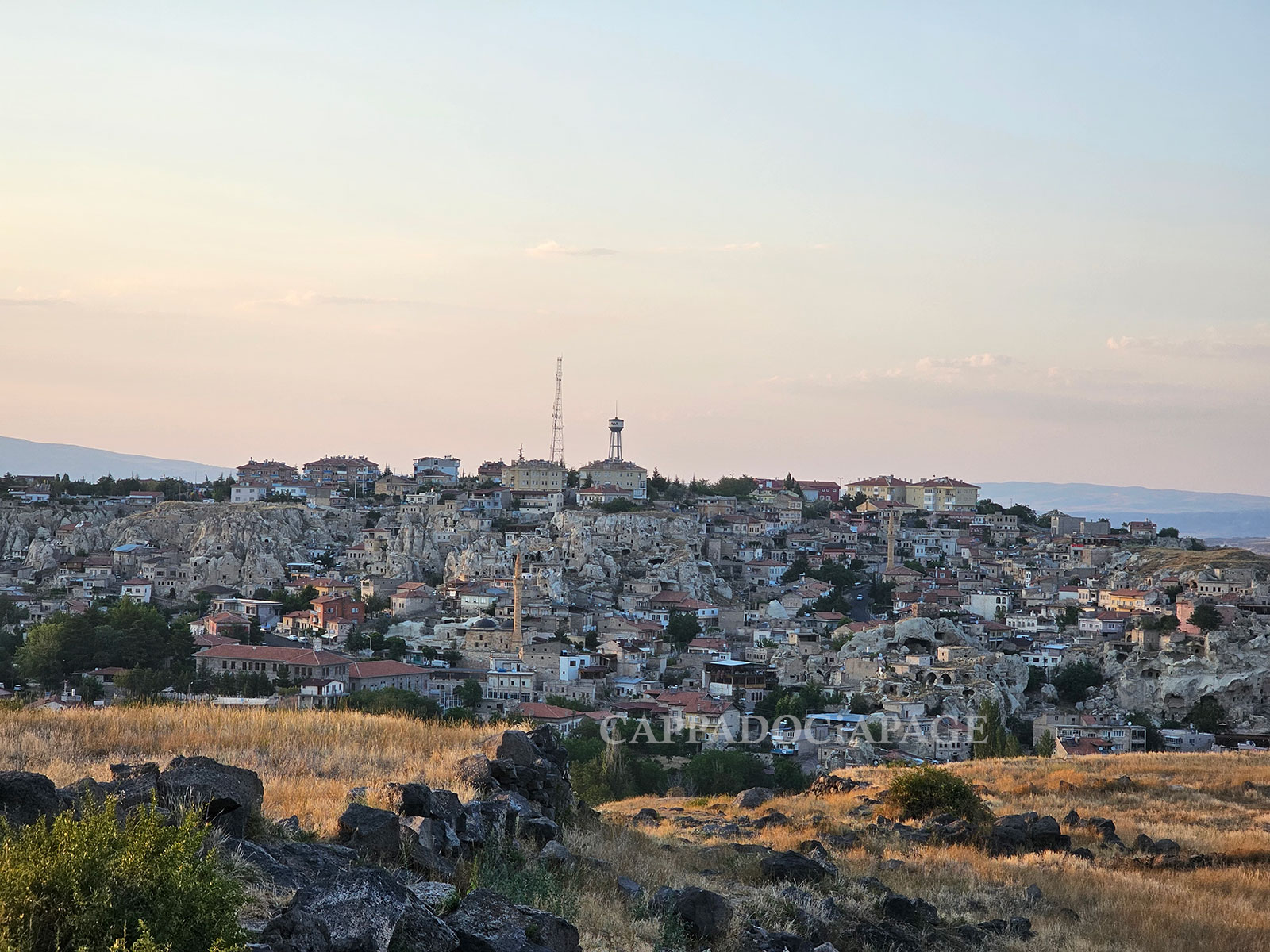
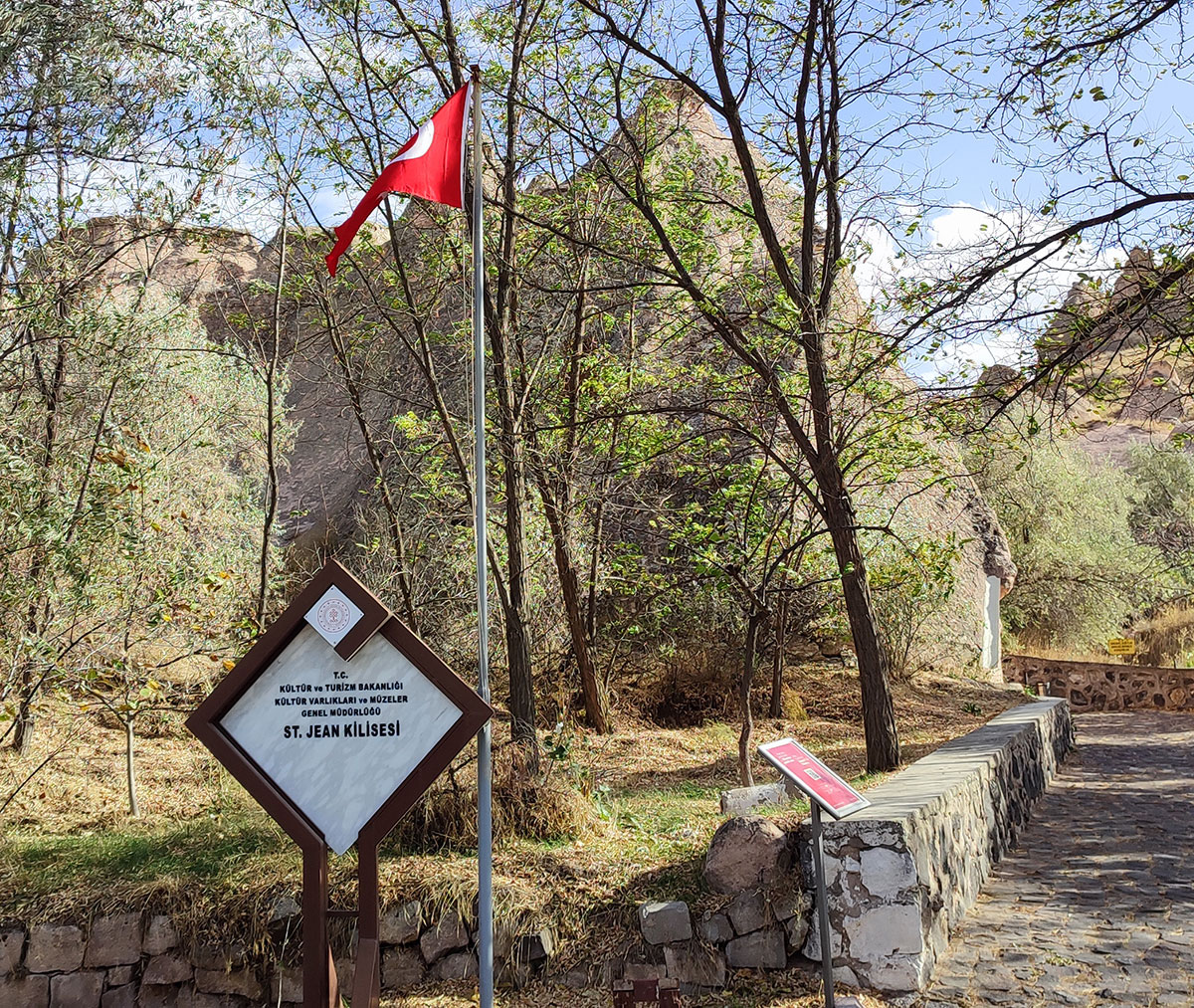
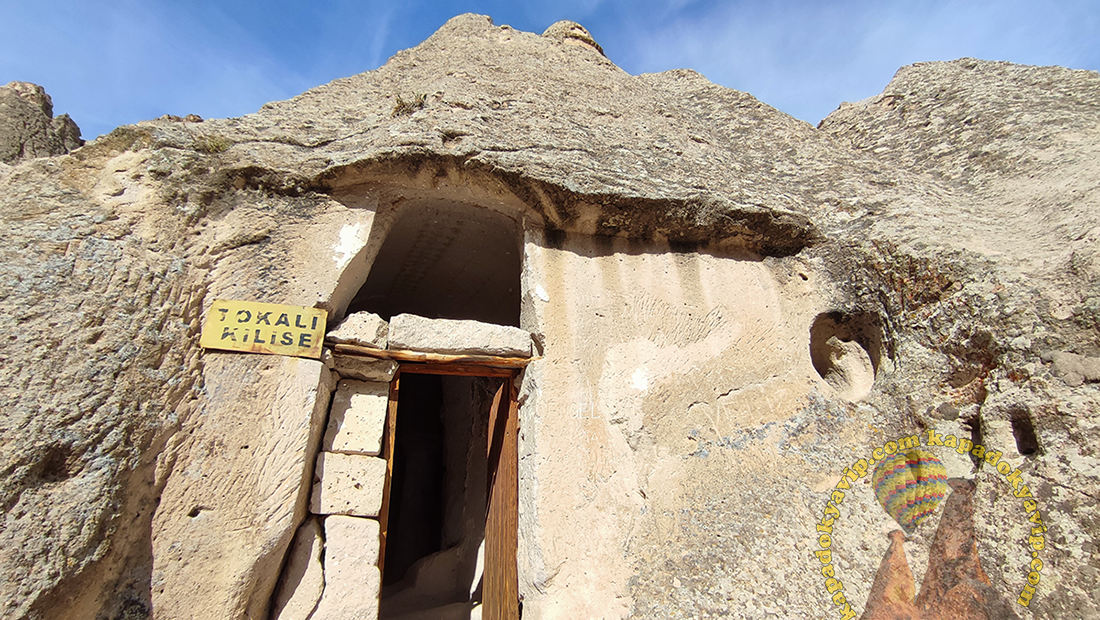

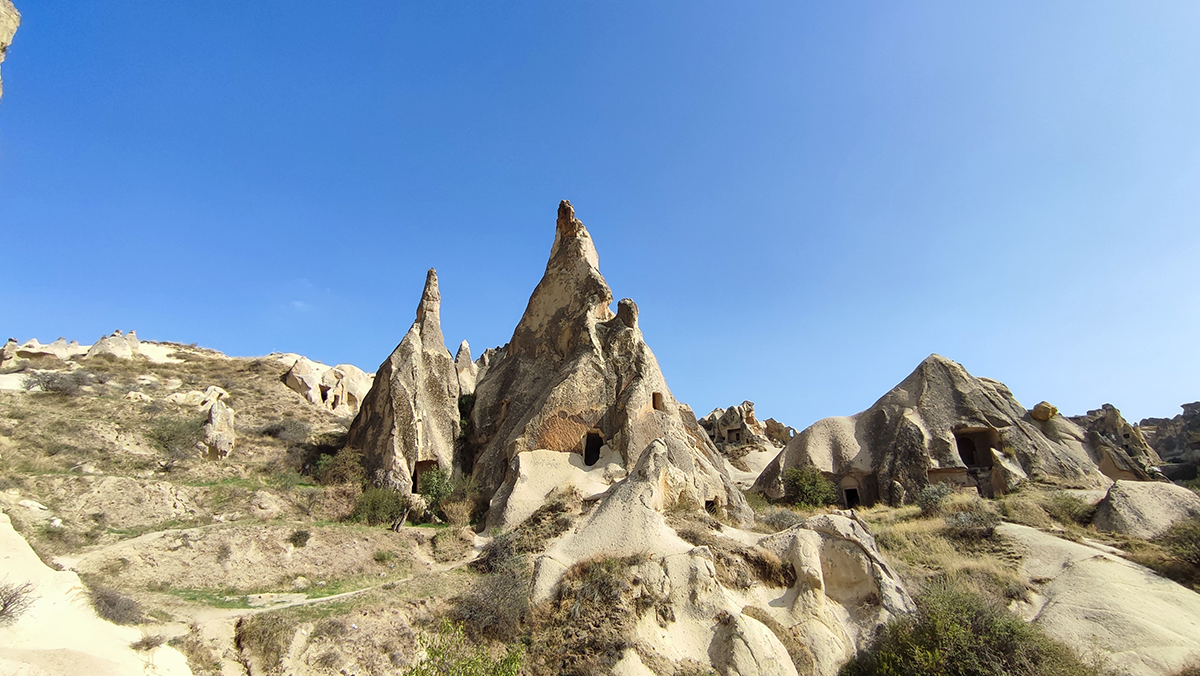
Hacı Bektas Veli Nevsehir Hacibektas